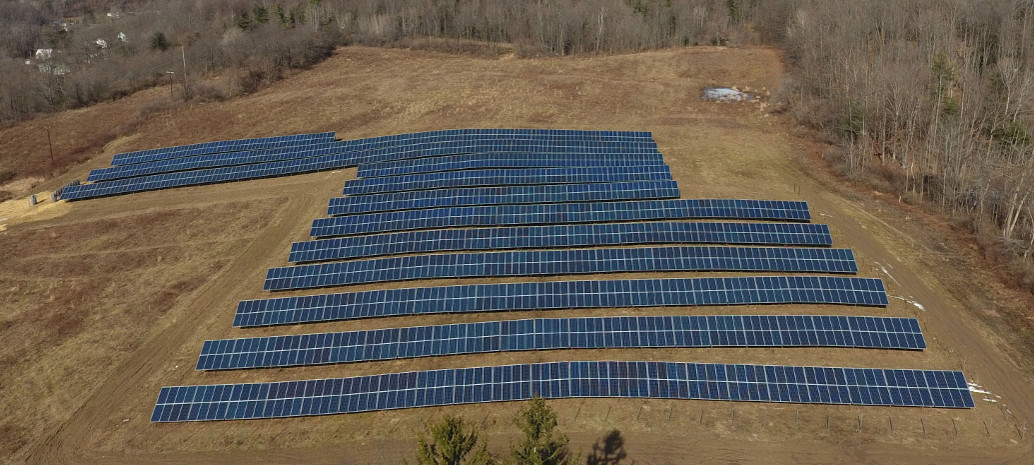Before any utility-scale solar or wind project gets built, it has to be sited, and approved by local authorities. As such, city and county governments have a significant amount of power, and local attitudes can make or break solar and wind projects.
This is particularly true in the affluent Northeast. While there is the famous case of the alliance of privilege between the Koch Brothers and Edward Kennedy stopping the nation’s first offshore wind farm, there are dozens of other cases where developers were stopped dead in their tracks by “not in my backyard” (NIMBY) sentiment.
Fortunately, in the end most actors want a cut of the profits. This applies from the national to the personal level, and is no less true for local governments which are seeing large renewable energy projects in their communities.
In this regard, the pragmatic staff at the New York State Research and Development Authority (NYSERDA) have developed a new toolkit which they say will help the state achieve its 50% by 2030 renewable energy mandate, by helping local governments negotiate with developers of solar projects.
This may be particularly important for community solar projects. GTM Research reports that New York has a pipeline of 1.8 GW of community solar, but as of earlier this month pv magazine had only found 1.2 MW that had actually come online.
In New York, renewable energy projects including utility-scale PV – community and otherwise – is exempt from local property taxes for 15 years, however taxing jurisdictions can “opt-out” of the tax exemption, and make such projects fully taxable. As such, “payment-in-lieu-of-taxes” (PILOT) programs have become a way for local governments to get a share, without developers having to pay the full tax burden.
The new Solar PILOT Toolkit offers guidance to counties, towns and school districts on how to structure such agreements, including a model resolution to guide municipalities in adopting a PILOT program, a sample agreement between a local government and developers, and a calculator with two options for methods to collect revenue.
“The Solar PILOT Toolkit will serve as a vital resource to help municipalities encourage the development of community solar projects and make sure they benefit the entire community,” stated NYSERDA President and CEO Alicia Barton.
NYSERDA is offering further help in training, education and technical assistance through the NY-Sun team, and will hold a webinar for local government officials and tax assessors to discuss the Toolkit on July 25, 2017 at 2 PM.
This content is protected by copyright and may not be reused. If you want to cooperate with us and would like to reuse some of our content, please contact: editors@pv-magazine.com.









By submitting this form you agree to pv magazine using your data for the purposes of publishing your comment.
Your personal data will only be disclosed or otherwise transmitted to third parties for the purposes of spam filtering or if this is necessary for technical maintenance of the website. Any other transfer to third parties will not take place unless this is justified on the basis of applicable data protection regulations or if pv magazine is legally obliged to do so.
You may revoke this consent at any time with effect for the future, in which case your personal data will be deleted immediately. Otherwise, your data will be deleted if pv magazine has processed your request or the purpose of data storage is fulfilled.
Further information on data privacy can be found in our Data Protection Policy.